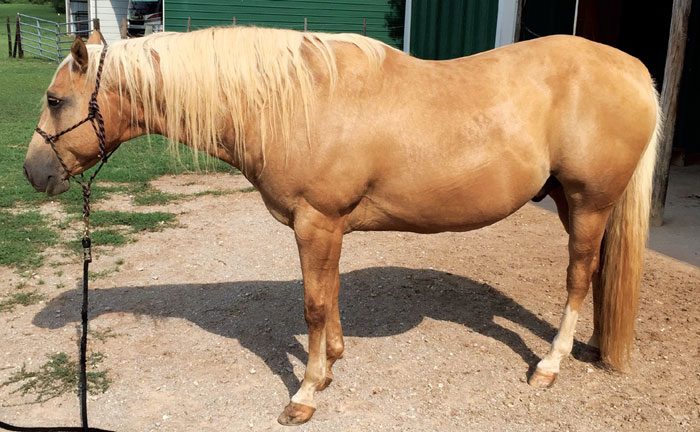Although grossly underdiagnosed, insulin-resistant (IR) horses often share physical characteristics that make them readily identifiable.
“Most, but not all, insulin-resistant horses are going to be overweight or obese, with a body condition score greater than six,” Mike Barker of Life Data Labs told attendees during a How-To Hoof-Care Clinic at the 20th annual International Hoof-Care Summit in Cincinnati, Ohio. “They may have abnormal fat deposits along the neck crest, tail head, sheath and mammary gland, and may have also internal fat stores.”
In addition to a high body condition score, Barker says IR horses are often described as easy keepers that have difficulty losing weight.
“These horses may be anywhere from 5-15 years old,” he says, “and often present with increased water consumption and urination, a loss of stamina and muscle tone, abdominal bloating, excessive hunger, and a tendency toward bouts of laminitis.”
IR can occur in any breed of horse, but is more likely in Andalusians, Arabians, mules, mustangs, Paso Finos, ponies, Quarter Horses, Saddlebreds and Tennessee Walking Horses, Barker says. Once risk has been identified, he advises consulting a veterinarian for testing options and a confirmed diagnosis.









Post a comment
Report Abusive Comment